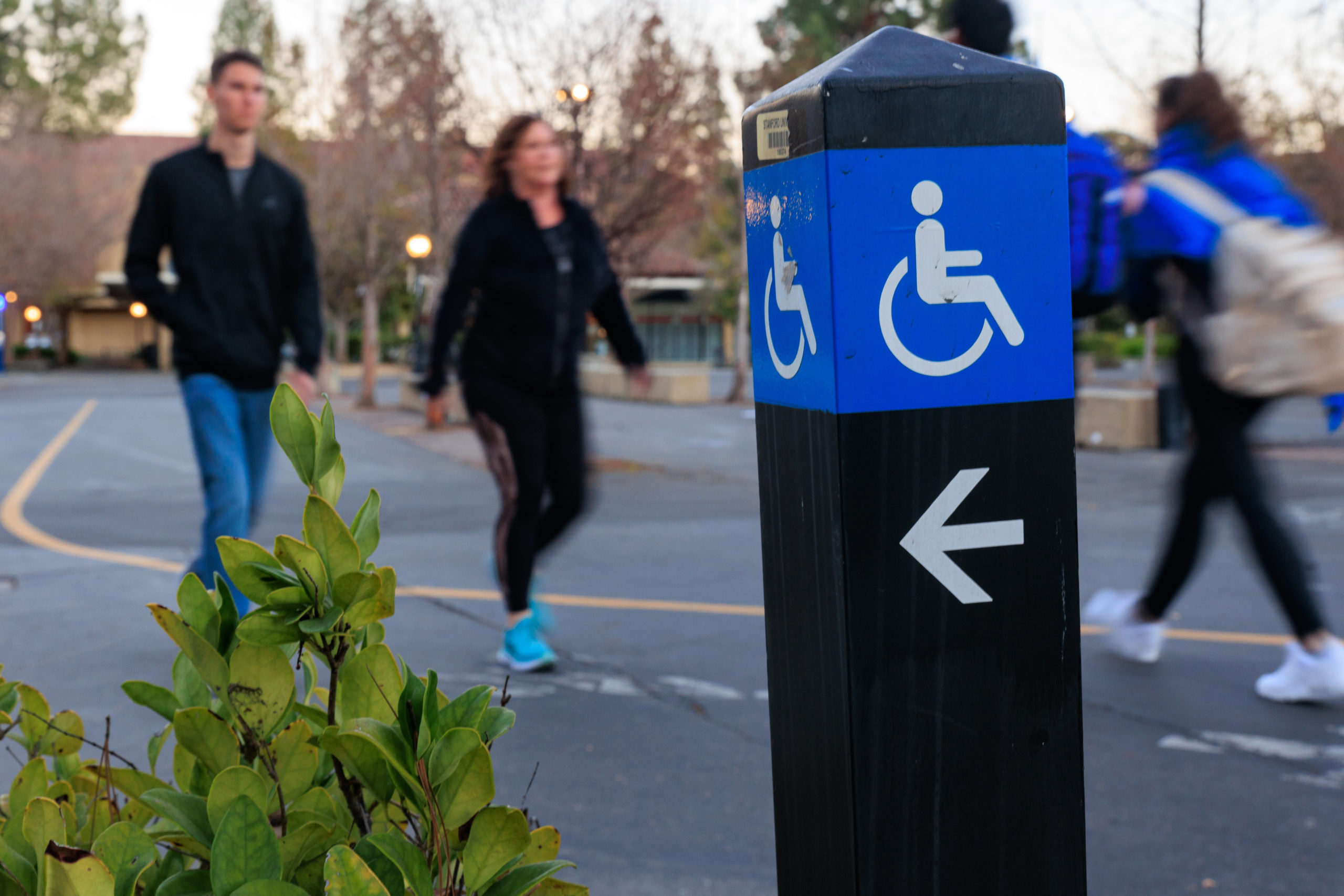Stanford’s Disability Community Space (DCS) opened last week, a monumental change that disability advocates — including myself — have been fighting for, for years. We had a virtual opening, in which people played games, talked, and reveled in the long-sought reward for our efforts. Various administrators showed up on Zoom to bask in the roles they had played in the process.
I recently had a conversation with a professor who praised the Color Genomics COVID-19 system that Stanford employs. Students, faculty and staff use at-home testing kits, placing samples in test tubes and activating the kits by inputting barcodes into an online database. This system is convenient for most.
A Toyota Super Bowl commercial that aired on Feb. 13 received tons of media coverage. It featured a blind Paralympian and his brother, who serves as his guide. They have received numerous Paralympic medals. The commercial ends with the words, “Start the journey toward your impossible.” This commercial received endless praise in YouTube comments and in media coverage
Inaccessibility runs rampant in our society, and the following are three examples of it. The DCS currently has fluorescent lights, which could be injurious to people with epilepsy, ADHD, and certain forms of autism. The furniture is all on wheels, which certain administrators were incredibly proud of. People will be able to arrange furniture in whatever way is best for them. However, this constant moving-around of the furniture will be disorienting and dangerous for me and for other blind people. These are both things that I and others had mentioned several times before the space opened. This is not a welcoming “community space”.
Stanford’s COVID-19 testing system, while beneficial and “easy” for some, is not so easy for the visually impaired. I asked my sighted professor how they would navigate the system as a blind person; they weren’t sure, and upon pondering this thought, their praise of the system instantly waned — they just hadn’t thought about it before.
The Toyota commercial had no audio description, and while the general message was clear, the rest was not. Companies spend millions of dollars putting these commercials together, and this one featured blind people. Why did they not, at the very least, add some description to make it accessible to the very people they featured in their commercial? Others should have held them accountable for this blatant hypocrisy. Additionally, by using the phrase, “your impossible,” the commercial implicitly undervalues the impact of society on the “impossible” barriers that disabled individuals face. This perpetuates a false ideal that barriers in society are controllable by the marginalized individual. Maybe they didn’t think about these issues, but they should have.
To be clear, I am not criticizing my professor, nor the brothers featured in the Toyota commercial. I think they are all good people. However, I am criticizing the institutions responsible for not upholding the tenets of accessibility. Stanford University claims to be a champion of diversity, a welcoming space for minorities, including the disabled. Yet, despite the tons of financial support I have received, for which I am eternally grateful, I have felt unwelcome and unheard on several occasions, including with regard to the DCS. I cannot complete COVID-19 tests independently, which are essential to my safety and that of others. If I get COVID-19, take a test and then ask someone else for help reading the barcodes, they might catch the virus from me. Why does Stanford — a champion of diversity and accessibility — support a company whose product is inaccessible? Why does Color Genomics, the testing company, produce an inaccessible product? Toyota, an “Equal Opportunity” company, doesn’t even spend the time to make equal opportunity commercials.
I have always been a disability advocate, and I always will be. It is a lifestyle, a mission, a privilege, and in some ways, part of my identity. What I have learned from this lifestyle is that any one individual is not enough to make the changes we need. Society is composed of institutions, and we need institutional buy-in to normalize universal accessibility.
Accessibility is an afterthought for you, for Stanford, for Toyota, even occasionally for me. I am not perfect. I have posted so many pictures on Facebook without descriptions. My blind friends didn’t know what the pictures were when I posted them, and now, neither do I.
When accessibility is a priority “always”, rather than a haphazard “sometimes”, we will all do better. But we need institutions — Stanford, Color Genomics, Toyota, Congress — and so on, to help make that happen.
I dream of a world in which I won’t have to ask people what they are watching, or what they have posted on social media. I dream of a day on which I won’t have to publicly call anyone out for inaccessibility in order to get them to remedy it. I dream of a day when I won’t look like the hypercritical bad guy for simply doing my duty as a disability advocate. When will that day come?
